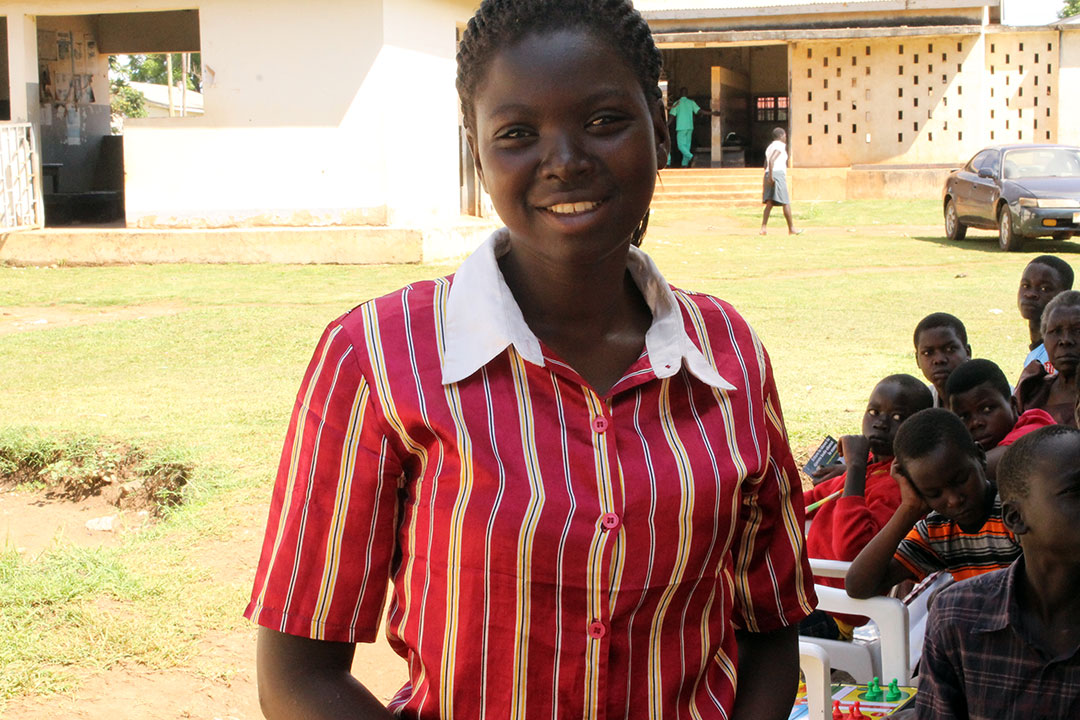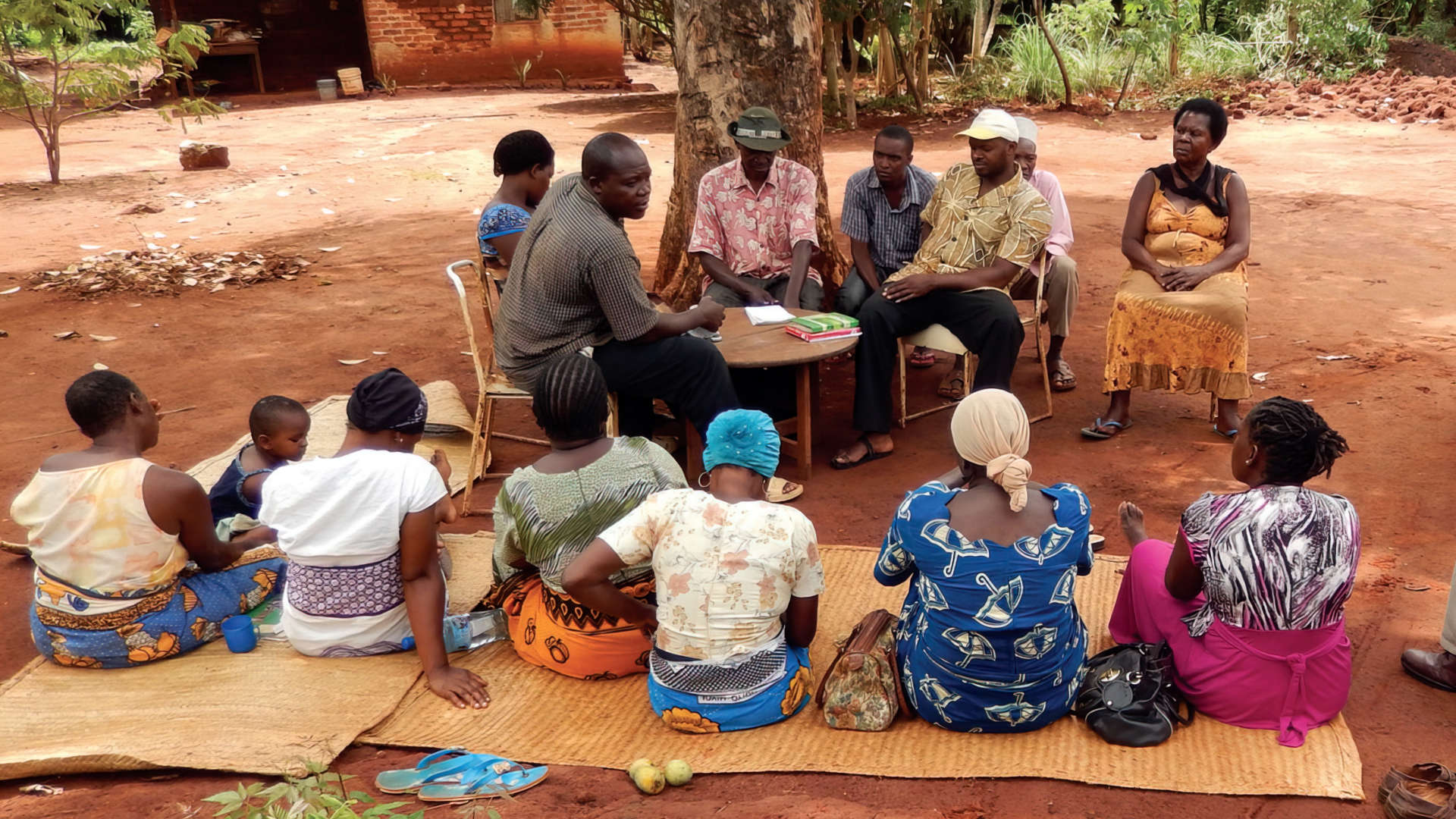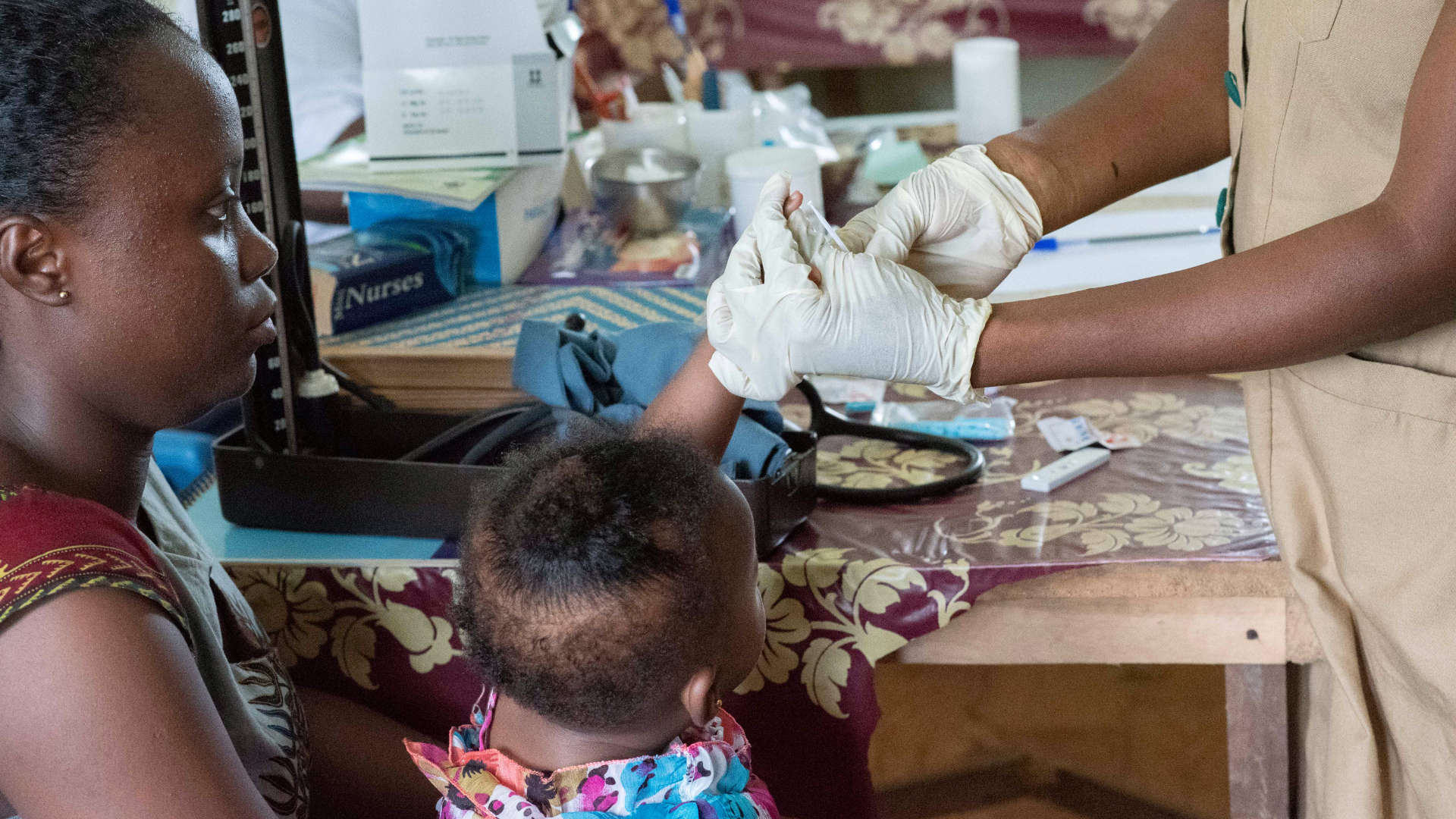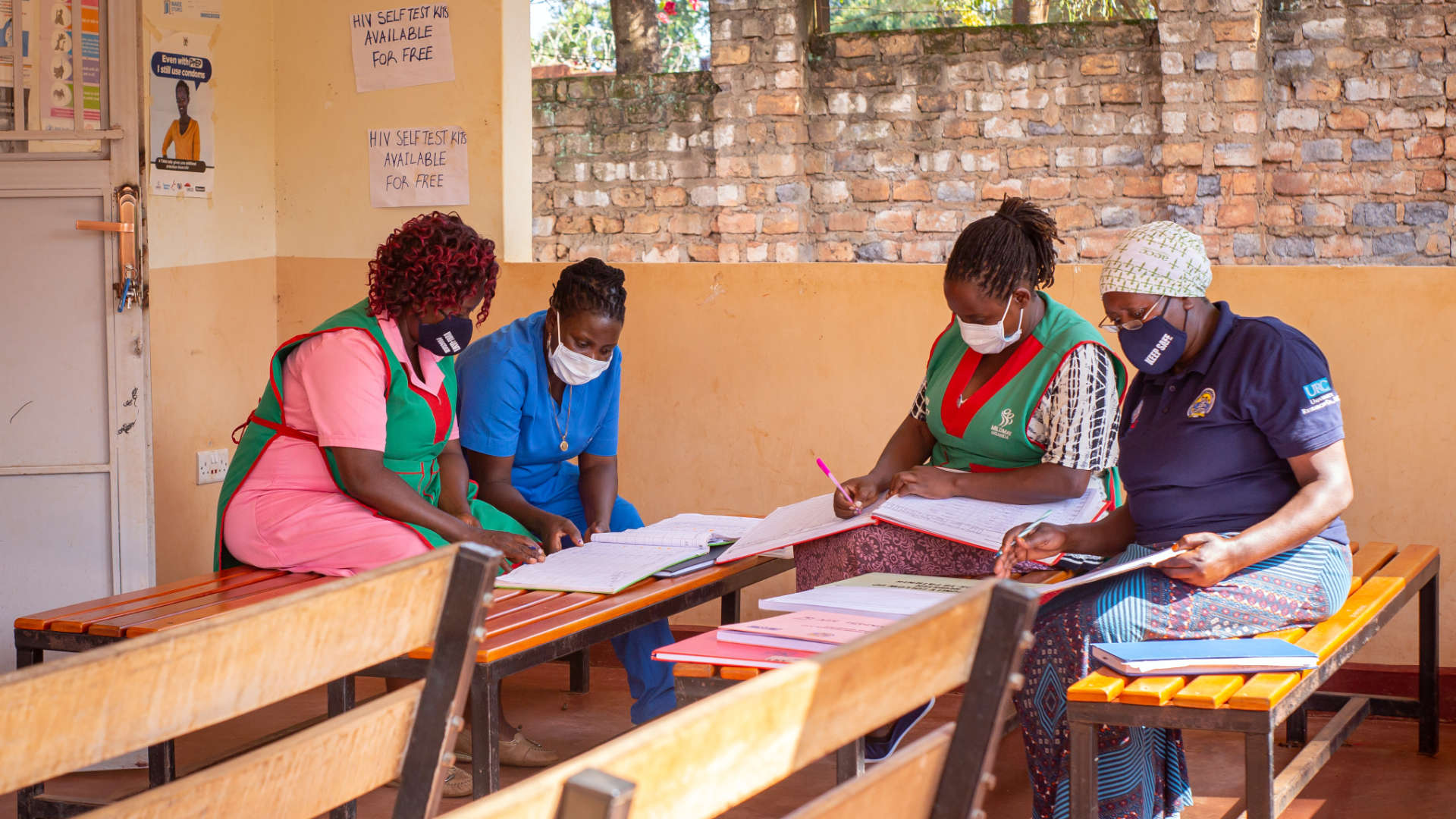Global HIV/AIDS statistics showing a decline in HIV/AIDS-related deaths and new HIV infections give hope that an HIV-free generation is in sight. New technology and biomedical research have resulted in better HIV prevention and treatment options. Despite these advances, adolescent girls and young women (AGYW), continue to contract HIV at alarming rates—accounting for 74 percent of new HIV infections among adolescents in sub-Saharan Africa. Nearly 1,000 AGYW are infected with HIV every day.
Although parents want what is best for their children, sometimes they may not understand the consequence of their decisions. Take an example of a 15-year-old girl in Uganda whose parents cannot afford to keep her in school—nor for that matter, at home—and so are encouraged to marry her off to someone who can supposedly provide for her. The last thing the parents will ask of the suitor is for results of an HIV test. The cycle of vulnerability for the young girl continues.
The DREAMS (Determined, Resilient, Empowered, AIDS-free, Mentored and Safe) partnership is an ambitious public-private partnership to reduce rates of HIV among AGYW in the highest HIV burden countries. DREAMS recognizes that the vulnerability of AGYW stems from the community, where a young woman is influenced to become what society dictates for her. DREAMS works to empower not only AGYW, but also those that influence her – her parents, caregivers, and male sexual partners.
Working in four of the ten Uganda DREAM-implementing districts for over two years, the URC-implemented USAID-funded ASSIST Project saw first-hand the gains that can be made when communities work together to support AGYW to achieve their dreams.
When the DREAMS work was initiated, careful consideration was taken on how to best engage the community to participate in HIV prevention efforts. The team first interacted with the community to understand their perception of HIV risk factors. Quality improvement (QI) teams comprised of AGYW, caregivers, and influential members of the community who were willing to discuss, plan, implement, monitor, and evaluate HIV prevention efforts were formed.
This QI approach allowed the teams to address barriers to behavioral change among AGYW at high risk of HIV infection. It also empowered the teams to mobilize community resources to stop risky behavior. Church leaders stepped up to act as points of condom distribution, male sexual partners allowed their spouses to participate in regular meetings in the community, girls and their partners agreed to test for HIV, and there was a new willingness to prevent and report domestic violence.
Follow-up research indicates that the proportion of AGYW experiencing sexual and other forms of gender-based violence decreased from 49% at baseline to 19.5% due to the targeting of parents and partners by the QI teams. And an HIV incidence rate of 0.76 per 1,000 over the two years of program implementation was registered – below Uganda’s incidence rate of 2.98 per 1,000 population among adults (15-49 years). Community participation plays a key role in preventing and protecting the next generation against HIV.



